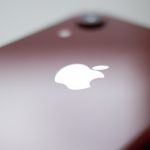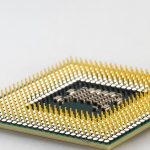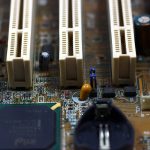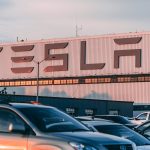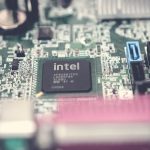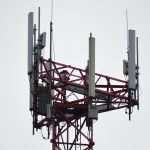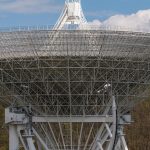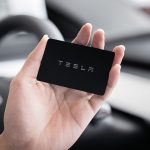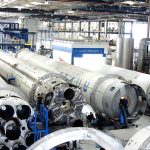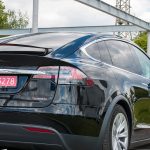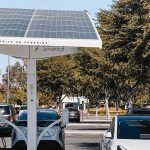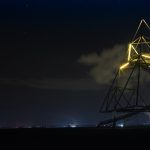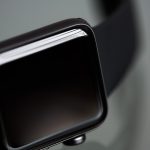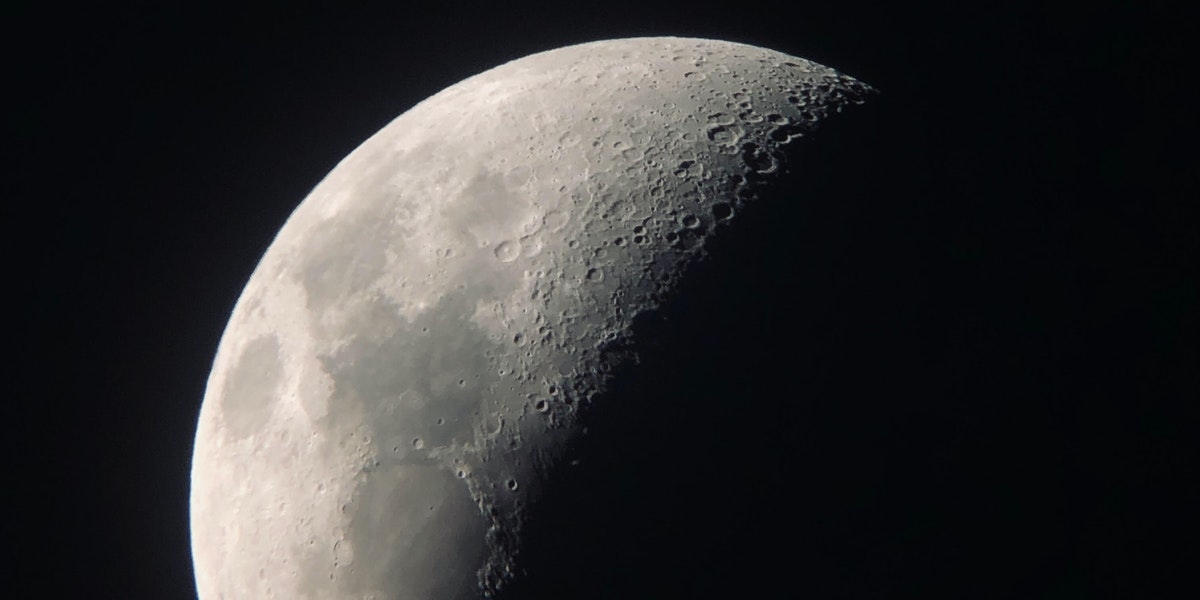
According to Reuters , Amazon (AMZN) founder Jeff Bezos’s Blue Origin is suing the U.S Government over NASA’s awarding a $2.9B lunar lander contract to Tesla (TSLA) founder Elon Musk’s SpaceX.
Blue Origin’s lawsuit was reportedly filed in the U.S. Court of Federal Claims on Friday, August 13th. Apparently, in July, the Government Accountability Office confirmed that they ‘sided with NASA over its decision to pick a single lunar lander provider’ & rejecting Blue Origin’s protest.
In an open letter to the NASA Administrator on July 26th, 2021, Jeff Bezos also offered to restore competition to the Human Landing System program by closing NASA’s near-term budgetary shortfall and producing a safe and sustainable lander that will return Americans to the surface of the Moon – this time to stay.
Here’s the letter:
The Honorable Bill Nelson
Administrator
National Aeronautics & Space Administration
300 E Street, SW
Washington, DC 20546
Dear Administrator Nelson:
Blue Origin is committed to building a future where millions of people live and work in space to benefit the Earth. We are convinced that, to advance America’s future in space, NASA must now quickly and assuredly return to the Moon. NASA has the opportunity to again inspire a whole new generation of scientists, engineers, and explorers.
This is why Blue Origin answered NASA’s urgent call to develop a Human Landing System. We built the National Team – with four major partners and more than 200 small and medium suppliers in 47 states – to focus on designing, building, and operating a flight system the nation could count on. NASA invested over half a billion dollars in the National Team in 2020-21, and we performed well. The team developed and risk-reduced a safe, mass-efficient design that could achieve a human landing in 2024.
Our approach is designed to be sustainable for repeated lunar missions and, above all, to keep our astronauts safe. We created a 21st-century lunar landing system inspired by the well-characterized Apollo architecture — an architecture with many benefits. One of its important benefits is that it prioritizes safety. As NASA recognized, the National Team’s design offers a “comprehensive approach to aborts and contingencies [that] places a priority on crew safety throughout all mission phases.”
Unlike Apollo, our approach is designed to be sustainable and to grow into permanent, affordable lunar operations. Our lander uses liquid hydrogen for fuel. Not only is hydrogen the highest-performing rocket fuel, but it can also be mined on the Moon. That feature will prove essential for sustained future operations on the Moon and beyond.
From the beginning, we designed our system to be capable of flying on multiple launch vehicles, including Falcon Heavy, SLS, Vulcan, and New Glenn. The value of being able to fly on many different launch vehicles cannot be over-stated. Launch vehicle flexibility is a massive overall risk reduction for both initial and sustaining operations. It decouples any risks associated with launch vehicle stand-downs and ensures competitive launch pricing in perpetuity. Again, NASA recognized this valuable feature when it stated that our design permitted “a launch approach that provides flexibility and minimizes risk. Blue Origin’s initial HLS mission requires only three commercial launches. This very low number…lowers the risk of mission failure due to launch anomalies. This risk is further reduced by the fact that Blue’s HLS elements are capable of interfacing with multiple commercial launch vehicles (CLVs), leaving Blue Origin with near-term options regarding choice of launch vehicle.”
Yet, in spite of these benefits and at the last minute, the Source Selection Official veered from the Agency’s oft-stated procurement strategy. Instead of investing in two competing lunar landers as originally intended, the Agency chose to confer a multi-year, multi-billion-dollar head start to SpaceX. That decision broke the mold of NASA’s successful commercial space programs by putting an end to meaningful competition for years to come. It also eliminated the benefits of utilizing the broad and capable supply base of the National Team (as opposed to funding the vertically-integrated SpaceX approach) and locks every trip to the Moon into 10+ Super Heavy/Starship launches just to get a single lander to the surface. By the Agency’s own admission, it bets our return to the Moon on a single solution of “immense complexity and heightened risk associated with the very high number of events necessary to execute the front end [with] risk of operational schedule delays.”
Instead of this single source approach, NASA should embrace its original strategy of competition. Competition will prevent any single source from having insurmountable leverage over NASA. Without competition, a short time into the contract, NASA will find itself with limited options as it attempts to negotiate missed deadlines, design changes, and cost overruns. Without competition, NASA’s short-term and long-term lunar ambitions will be delayed, will ultimately cost more, and won’t serve the national interest.
In the past few weeks, the shortfalls of this single source selection have been recognized, and NASA has begun to solicit new lunar lander proposals. But, unfortunately, this new approach won’t create true competition because it is rushed, it is unfunded, and it provides a multi-year head-start to the one funded, single-source supplier. The Appendix N and LETS solicitations are just optical substitutes for the real competition that a second, simultaneous dissimilar lander development will provide. The Agency must act now to create the real competition it needs, and it should not repeat work already delivered and investments already made.
In April (prior to your confirmation as NASA administrator), only one HLS bidder, SpaceX, was offered the opportunity to revise their price and funding profile, leading to their selection. Blue Origin was not offered the same opportunity. That was a mistake, it was unusual, and it was a missed opportunity. But it is not too late to remedy. We stand ready to help NASA moderate its technical risks and solve its budgetary constraints and put the Artemis Program back on a more competitive, credible, and sustainable path. Our Appendix H HLS contract is still open and can be amended.
With that in mind and on behalf of the National Team, we formally offer the following for your consideration:
- Blue Origin will bridge the HLS budgetary funding shortfall by waiving all payments in the current and next two government fiscal years up to $2B to get the program back on track right now. This offer is not a deferral, but is an outright and permanent waiver of those payments. This offer provides time for government appropriation actions to catch up.
- Blue Origin will, at its own cost, contribute the development and launch of a pathfinder mission to low-Earth orbit of the lunar descent element to further retire development and schedule risks. This pathfinder mission is offered in addition to the baseline plan of performing a precursor uncrewed landing mission prior to risking any astronauts to the Moon. This contribution to the program is above and beyond the over $1B of corporate contribution cited in our Option A proposal that funds items such as our privately developed BE-7 lunar lander engine and indefinite storage of liquid hydrogen in space. All of these contributions are in addition to the $2B waiver of payments referenced above.
- Finally, Blue Origin will accept a firm, fixed-priced contract for this work, cover any system development cost overruns, and shield NASA from partner cost escalation concerns.
I believe this mission is important. I am honored to offer these contributions and am grateful to be in a financial position to be able to do so. NASA veered from its original dual-source acquisition strategy due to perceived near-term budgetary issues, and this offer removes that obstacle.
If NASA has different ideas about what would best facilitate getting back to true competition now, we are ready and willing to discuss them.
We have seen that there is strong, bi-partisan Congressional support for a second lander and for the Artemis Program in general. Along with that support, we believe this offer provides a strong foundation, both technically and fiscally, for the return of Americans to the Moon – this time to stay.
The National Team stands ready. All NASA needs to do is take advantage of this offer and amend the Appendix H contract we hold today.
Sincerely and with great respect,

Jeff Bezos
Founder
Blue Origin



















